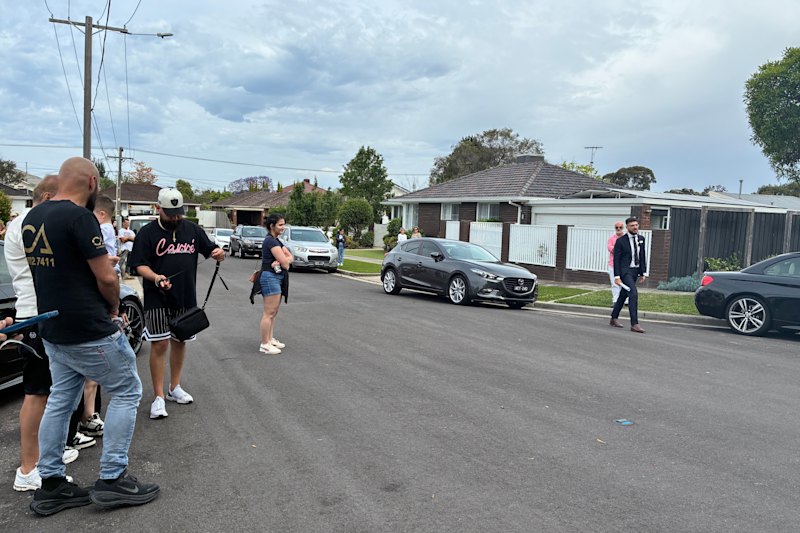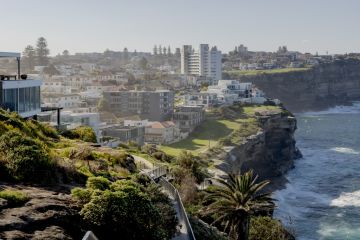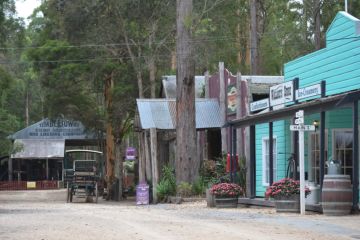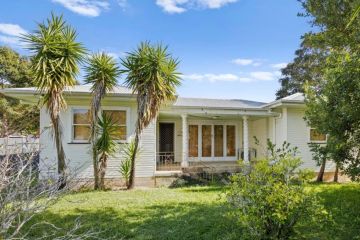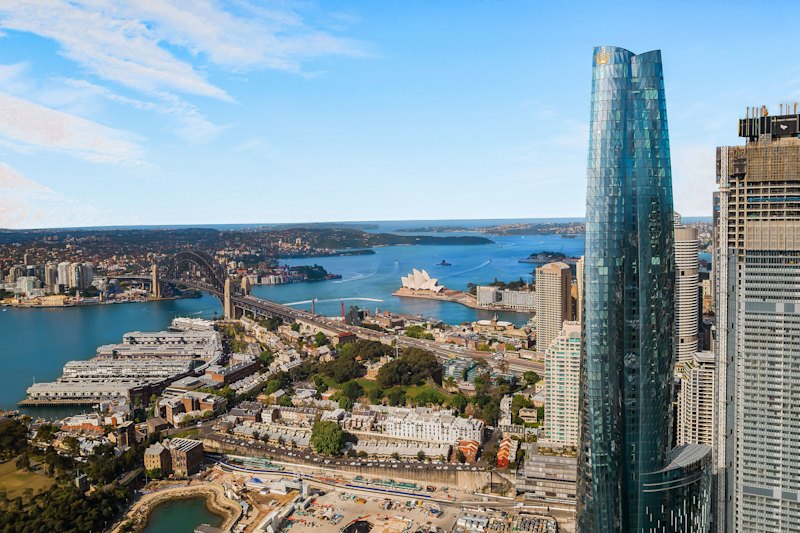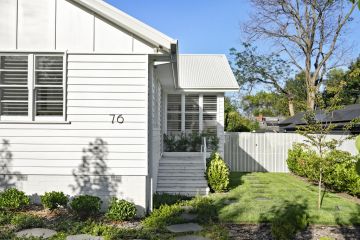Steady result for Adelaide house prices as rates rise
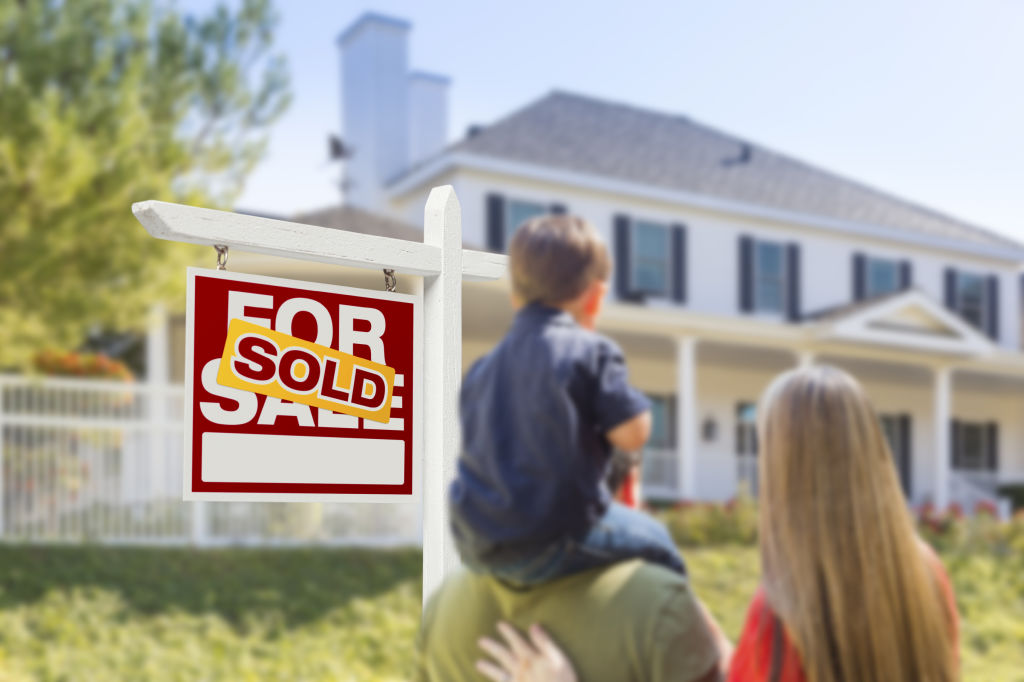
Buyer activity in the Adelaide housing market remains steady with the prospect of an improved year for prices growth despite recent interest rate rises.
The Domain house price report for the September quarter revealed that the Adelaide median house price increased by just 0.3 percent over the quarter to $485,873. Although this was a markedly lower result than the strong 2.0 percent increase reported over the previous quarter, it nonetheless consolidated recent robust prices growth in the local market.
Despite recent strong prices growth, Adelaide remains the most affordable of all mainland capital city housing markets and well behind the most expensive capital Sydney with a remarkable median of $1,032,433.
Adelaide house prices have now increased over four consecutive quarters for the first time since the June quarter 2010 reflecting restored and rising confidence in the local market. Adelaide house prices are up by 4.9 percent this year so far and are set to clearly exceed over this year the increase of 3.3 percent recorded over 2014.
Adelaide unit prices also increased over the September quarter – up by 0.6 percent to $293,711. Unit prices however have fallen by 1.7 percent over the past year reflecting some impact from recent high levels of new apartment construction moving supply ahead of demand in the short-term.
Other capital city markets have generally reported moderating house price growth as the impact of low and falling interest rates earlier in the year is clearly diminishing. The previously booming markets of Sydney and Melbourne recorded sharp falls in house price growth levels although results remained relatively strong.
An encouraging recent performance from the Adelaide housing market is despite the continuing under-performance of the local economy. Adelaide buyers and sellers appear to have largely shrugged off the negative aspects – particularly to confidence – of relatively weaker economic activity.
Latest ABS data reports that the South Australian seasonally adjusted unemployment rate fell from 7.9 percent to 7.7 percent over September. Although a welcome improvement the rate nonetheless remains well above the 6.8 percent recorded over September last year and is clearly the highest of all the states.
Although the jobless rate fell over September the number employed also fell sharply down by 8400 over the month. The fall in the jobless rate was a result in a steep fall in the participation rate down from 62.6 percent to 61.7 percent as discouraged job seekers and retirees departed the South Australian workforce.
Recent moves by financial regulators that have resulted in across-the-board higher interest rates for residential investors and increases in owner-occupiers mortgage rates by Westpac and now the Commonwealth Bank and NAB are however significant negatives for the general prospects of housing market activity.
These policies were designed to offset perceived risks from overheating housing markets notably Sydney, but ignore the generally lacklustre performance of most other capital city housing markets.
The spectre of higher interest rates challenging already weakening housing markets however may be offset by a cut in official rates next month. Latest disappointing national ABS jobless data for September surely adds to the case for a cut.
The national seasonally adjusted unemployment rate remained steady at 6.2 percent over the month despite a fall in the number of employed. Similar to South Australia, only a drop in the participation rate kept the jobless rate steady as discouraged job seekers and retirees departed the workforce. The national unemployment rate has remained intractably above 6 percent for 16 consecutive months.
A November rate cut by the Reserve Bank would provide an early Xmas present for retailers and help resuscitate a continuing dormant economy. A rate cut would be unlikely to refuel the sharply dissipating Sydney house price boom, but would certainly provide welcome relief to most states including South Australia that are looking for a sustained economic revival.
Dr Andrew Wilson is Domain Group Senior Economist Twitter@DocAndrewWilson
We recommend
We thought you might like
States
Capital Cities
Capital Cities - Rentals
Popular Areas
Allhomes
More
- © 2025, CoStar Group Inc.


